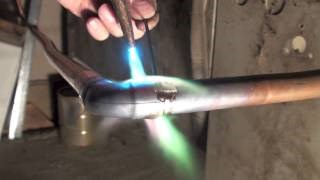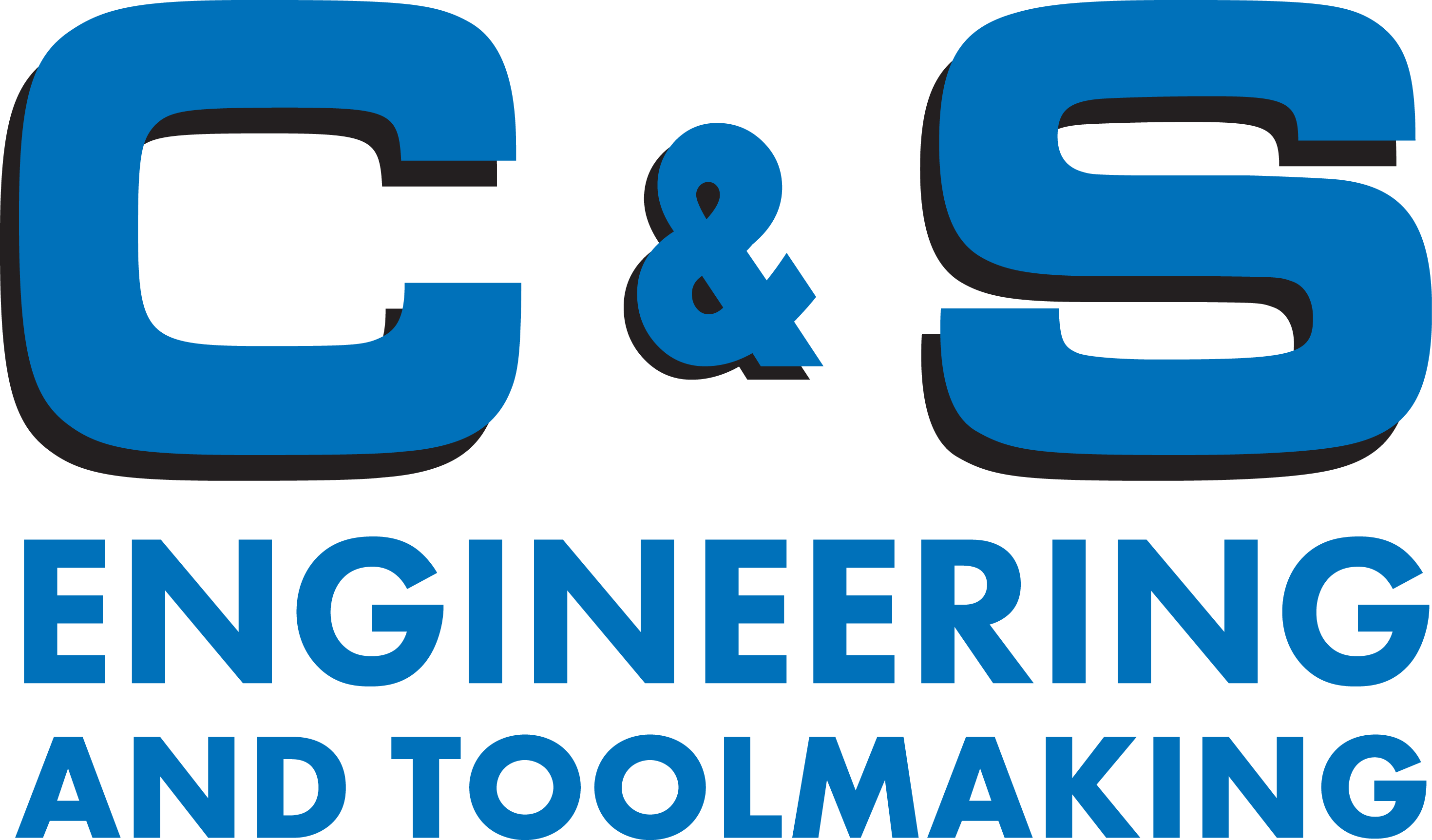Welding at C&S Engineering and Toolmaking.
Do you or your business need an excellent Welding service? At C and S, we are glad to offer our outstanding welding services for all of our customers. With over 20 years of experience catering to the aerospace and other industries, our name is associated with a high quality service.
At C &S Engineering and Toolmaking we have the capability to produce accurate repeatability with our inhouse 'Plasma Nitride Jig table'.
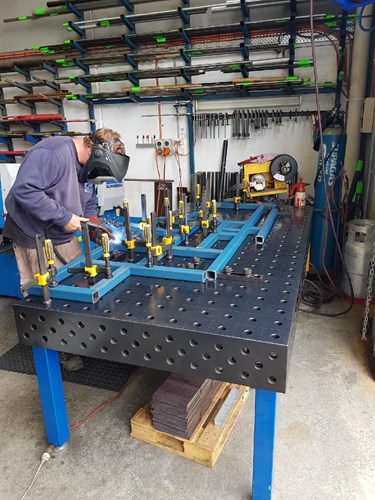
What is MIG Welding?
MIG (Metal Inert Gas) Welding or otherwise known as Gas Metal Arc Welding is the name for the method, in which an electric arc is used to form a circuit between the welding torch and the metal being welded. The inert gas aids the circuit in melting the metal and allowing it to fuse together. After the heat has been removed, the metal cools and solidifies, creating the welded unit. Examples of some of the metals that can be welded: carbon steel, stainless steel, aluminum and more.
Benefits of MIG Welding
MIG Welding has several benefits over other welding techniques:
- Different metals and different thicknesses can be welded together
- High quality welds can be produced at a faster rate
- Less post slag to clean off the weld
- Above the biggest benefit of MIG welding is speed.
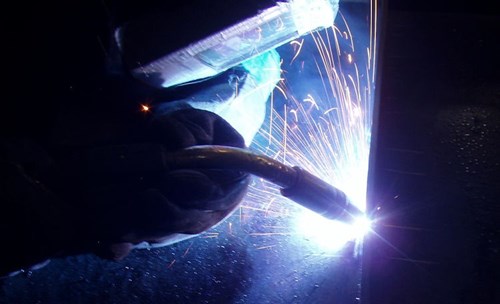
What is TIG Welding?
TIG (Tungsten Inert Gas) Welding or Gas Tungsten Arc Welding (GTAW) is when a tungsten electrode, inert gas and a filler metal are used to create a weld. The tungsten electrode produces the weld, whilst the gas shields the weld from contamination. TIG Welding is great for producing autogenous welds (where filler is not used and the metals are bonded together). Many materials can be welded together like: steel, gold, stainless steel, aluminum, nickel alloys, chromoly, magnesium, copper, brass, and bronze.
Benefits of TIG Welding
- High quality and more precise welds
- Can weld a variety of thin and thick materials due to heat control
- No slag or splatter is produced
- Does not produce dangerous fumes or smoke
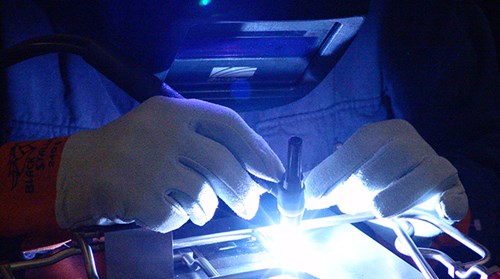
What is Brazing
Brazing itself is a metal joining process whereby two or more close fitting parts are heated to more than 840°F and a filler metal is applied that has a melting temperature below that of the base metal. The filler metal is brought slightly above it melting temperature and flows into the joint by capillary attraction.
Benefits of Brazing
- Since brazing does not melt the base metal of the joint, it allows for much tighter control over tolerances and produces a clean joint without the need to for extraneous finishing after the work has been done.
- Complex and multi-part assemblies can be brazed cost-effectively.
- Brazing can also be coated over for protective purposes.
